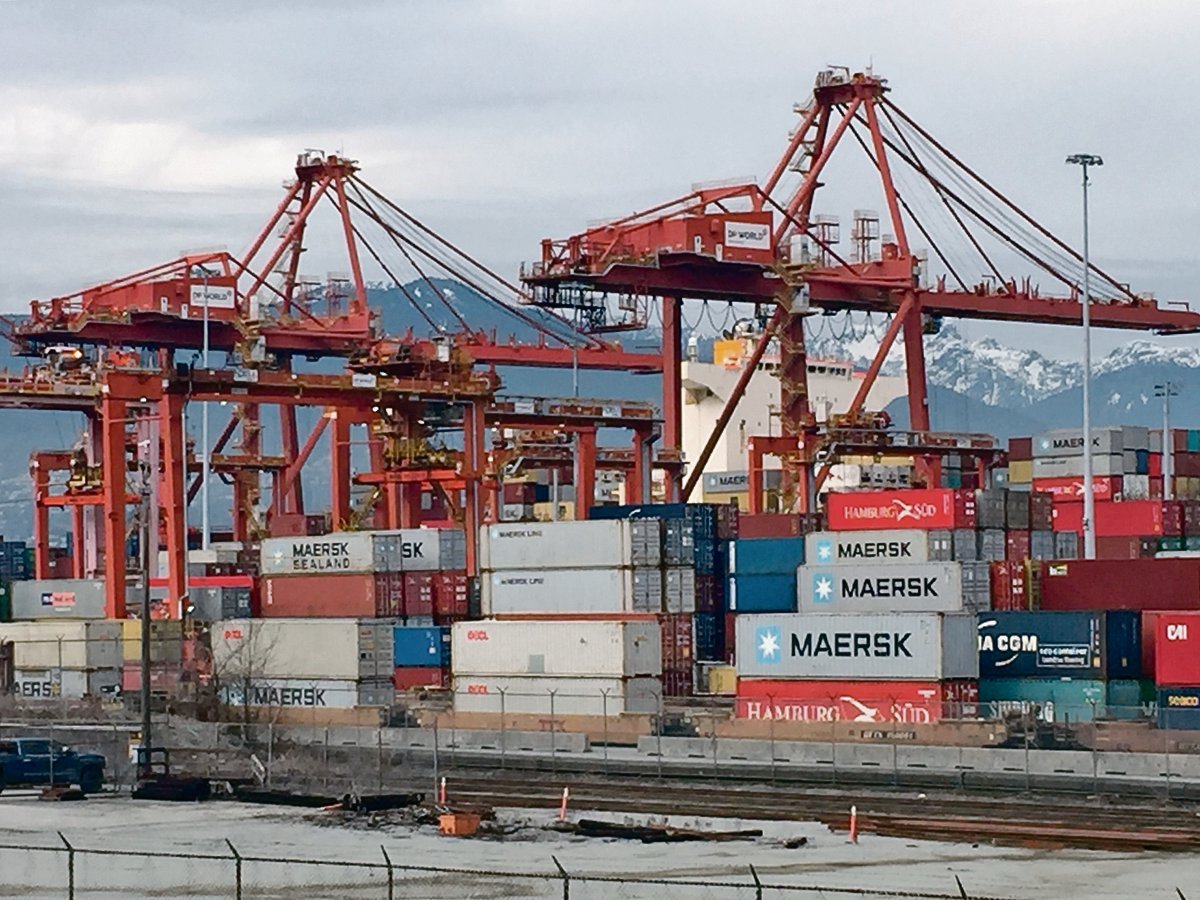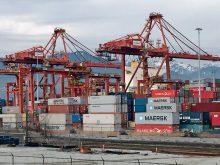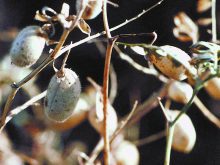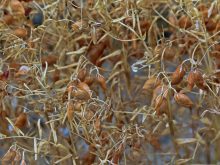If the European Union chokes off its oat subsidies, how big a piece of the 400,000 tonne Scandinavian oat crop shipped to the U.S. most years can be sucked up by Canadian growers?
That’s what a Winnipeg market consultant has begun analyzing.
“What would happen if the EU stopped subsidizing?” asked John De Pape during the Prairie Oats Growers Association annual meeting in Winnipeg.
“The noise that we’re hearing is that (oat subsidies) will be dropped.”
Agriculture Canada has estimated that European oat subsidies to Finland and Sweden probably depress prices by about 20 cents per bushel in North America.
Read Also

Message to provincial agriculture ministers: focus on international trade
International trade stakeholders said securing markets in the face of increasing protectionism should be the key priority for Canada’s agriculture ministers.
But De Pape said it is unclear whether Scandinavian oats would still be shipped to the United States if the subsidies were cut. With ocean freight now much more expensive than in the past, losing an export subsidy is likely to make the American market less attractive.
“If you take away a support like that, it’s going to have an impact,” said De Pape. “What’s the opportunity?”
De Pape said American growers are unlikely to substantially increase production in reaction to a slight price increase. Other crops hold more promise there.
But Canadian growers may be able to grab a large part of that 400,000 tonnes.
De Pape said he is trying to discover whether there are any factors that make Canadian oats unattractive in the southeastern U.S. compared to Scandinavian oats, other than the price.
“Maybe there’s a quality factor that hasn’t been noted,” said De Pape.
“If all these (changes) come down that we expect, do we have the quality?”
He will also look at the transportation chain to see whether that is a problem. Many oat buyers in the southeastern U.S. purchase small amounts, such as half truckloads, and buy from local grain suppliers who are unable to receive large unit trains.
Some of these buyers may find it easier to import oats through nearby port terminals and then truck it out to horse feeders, De Pape said.















